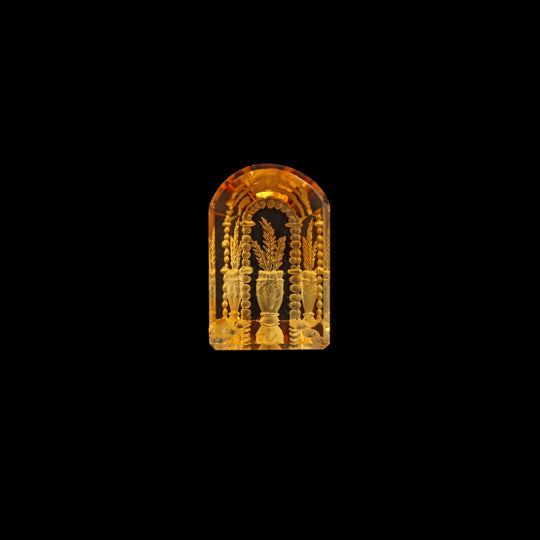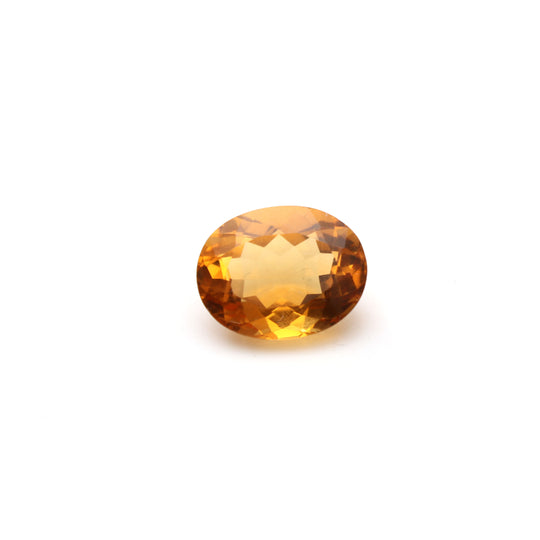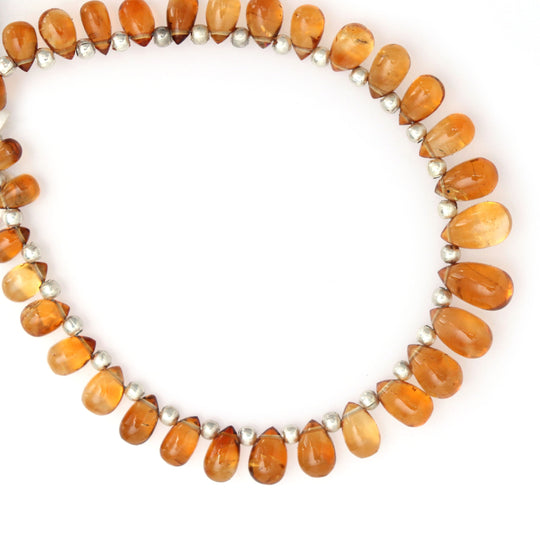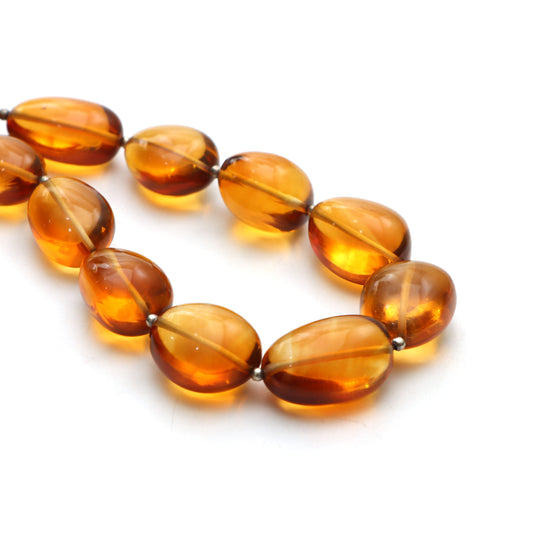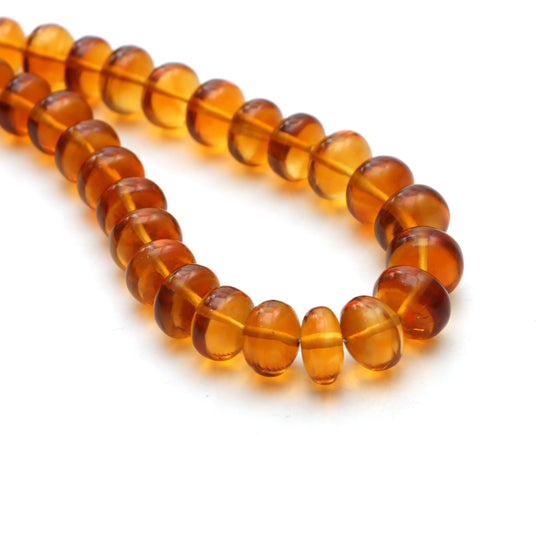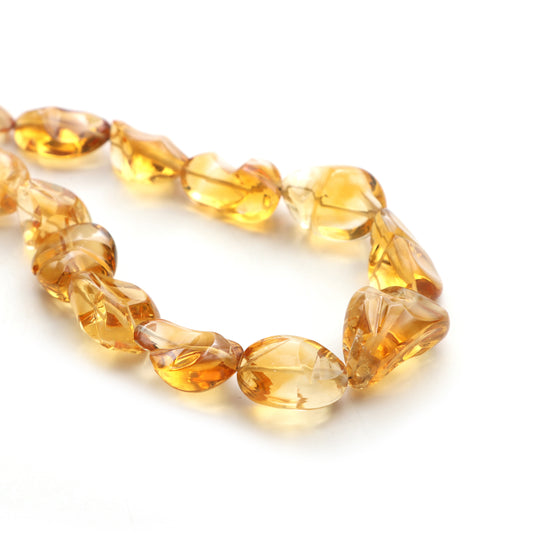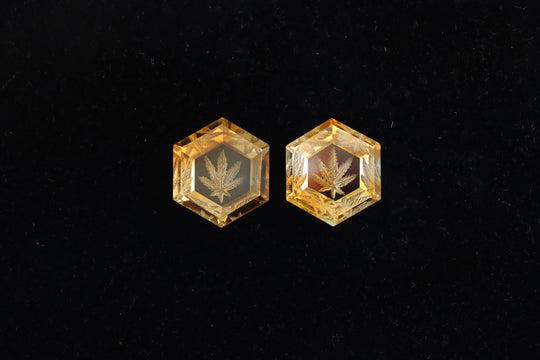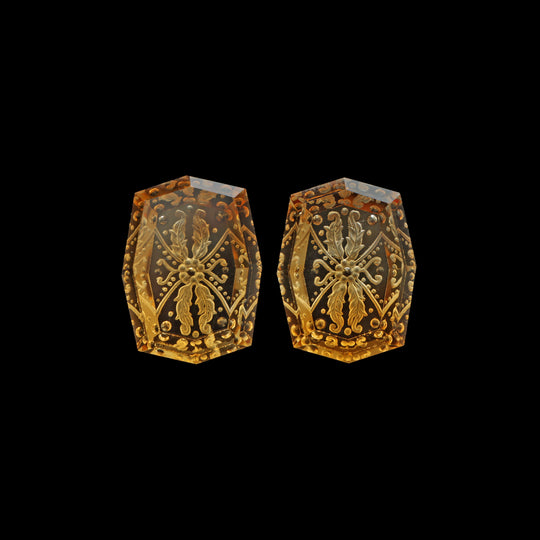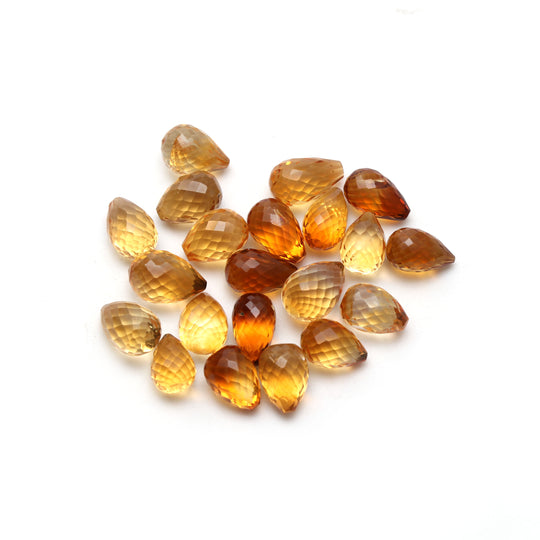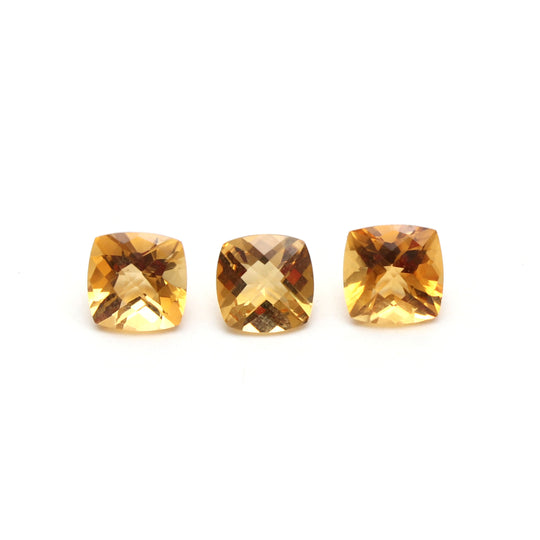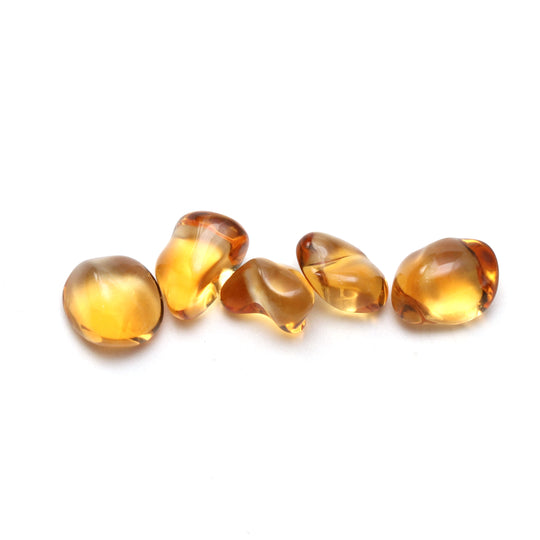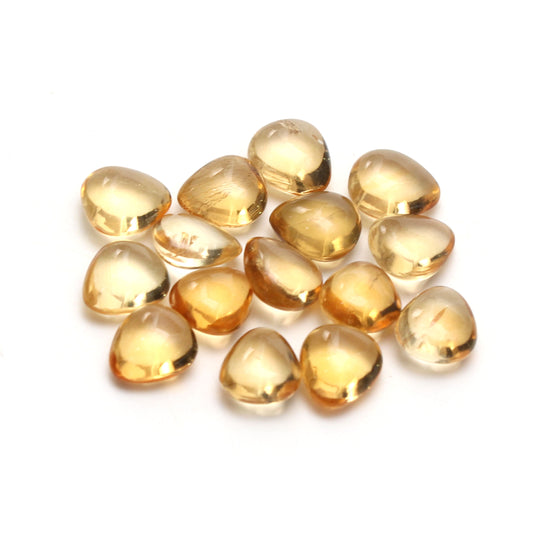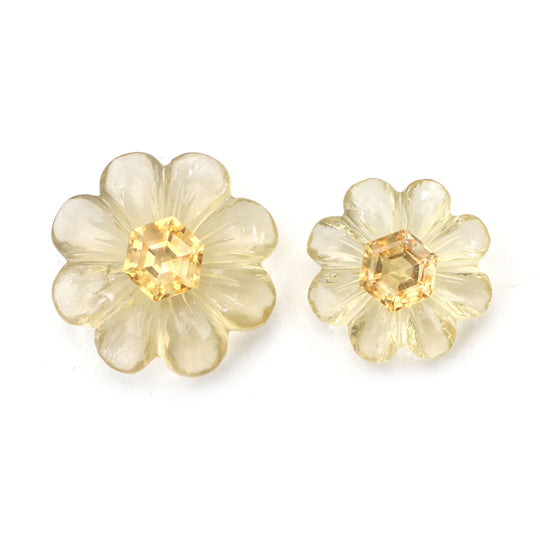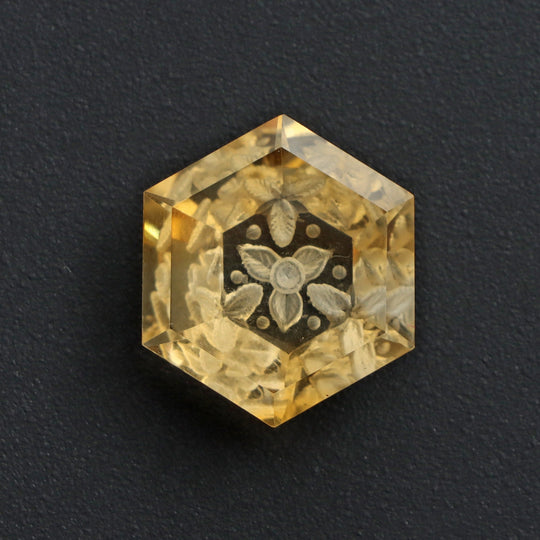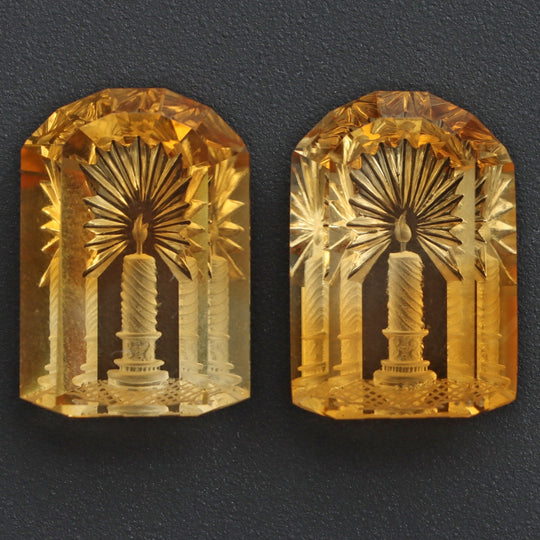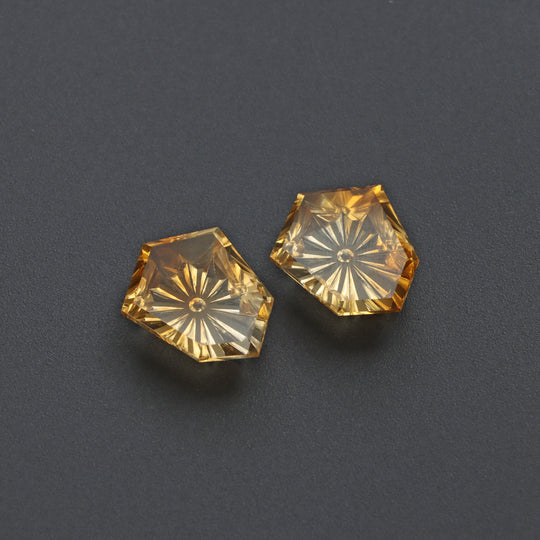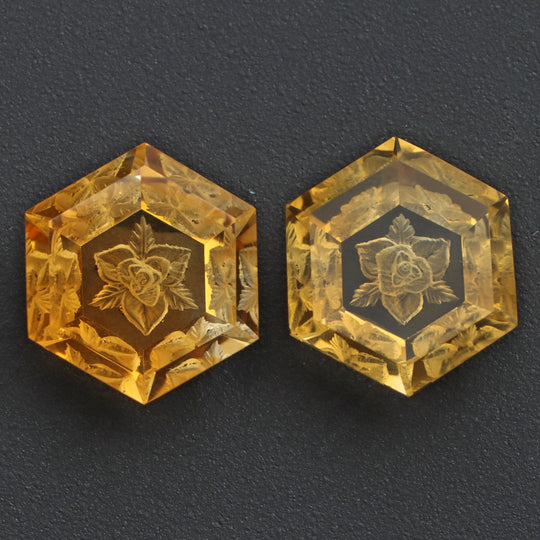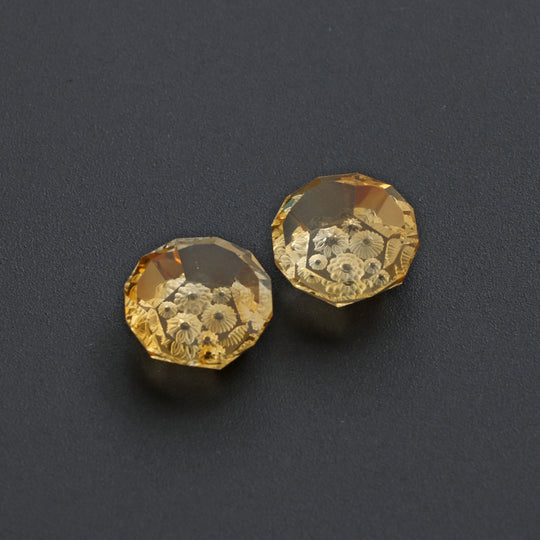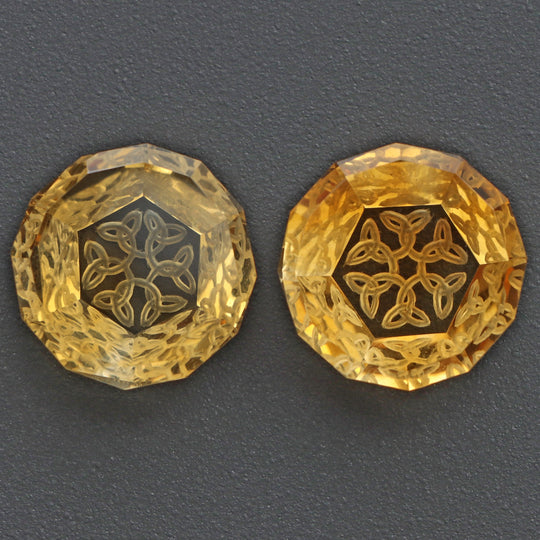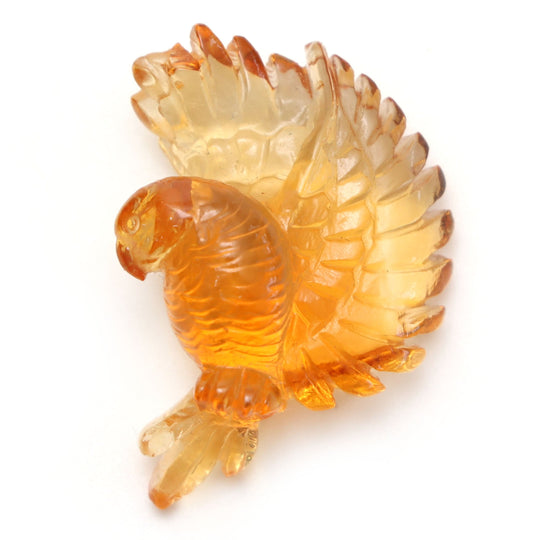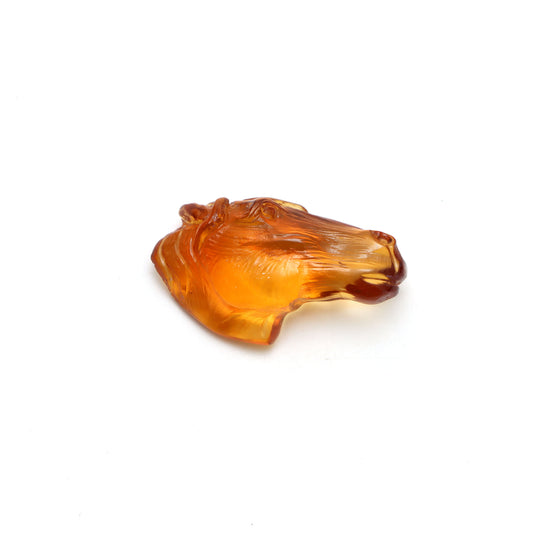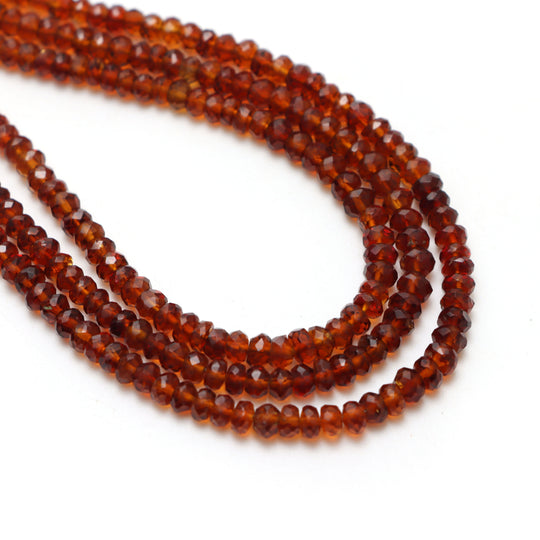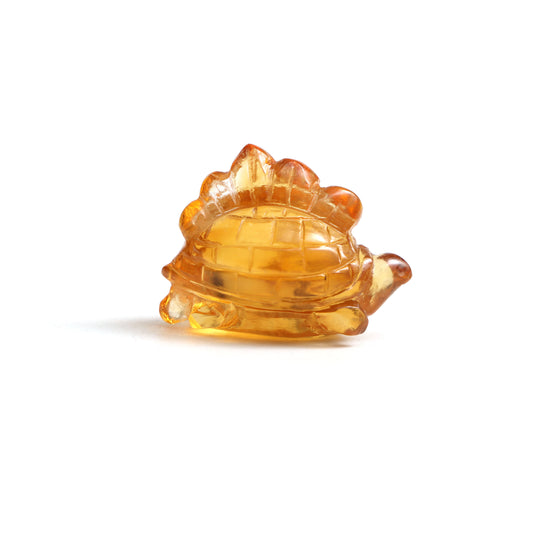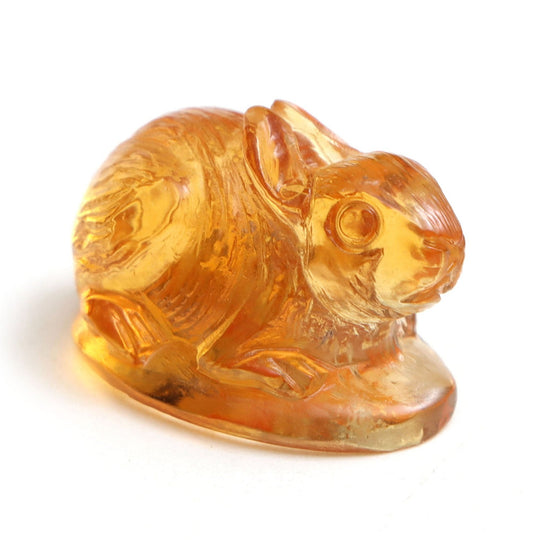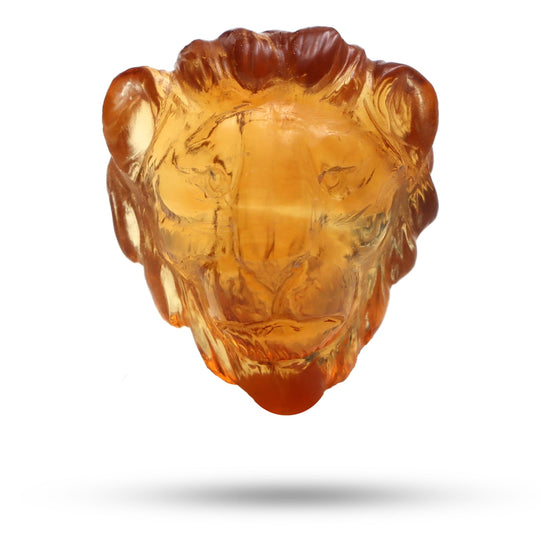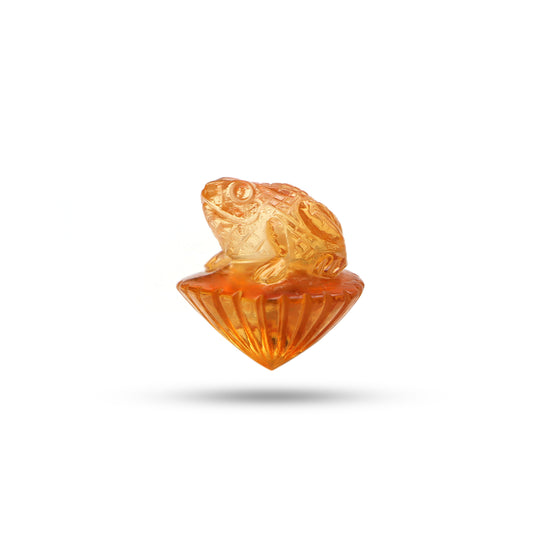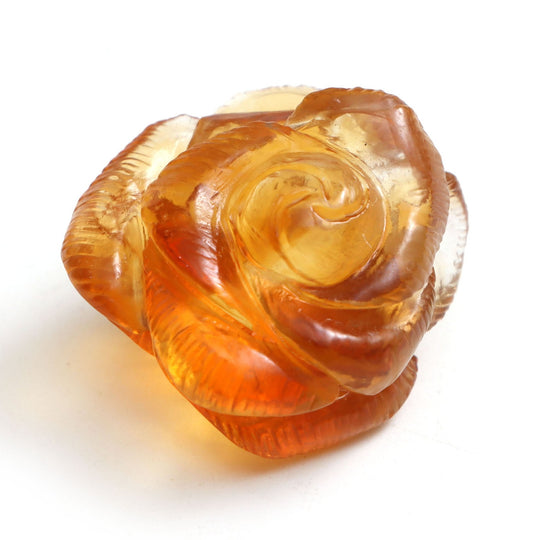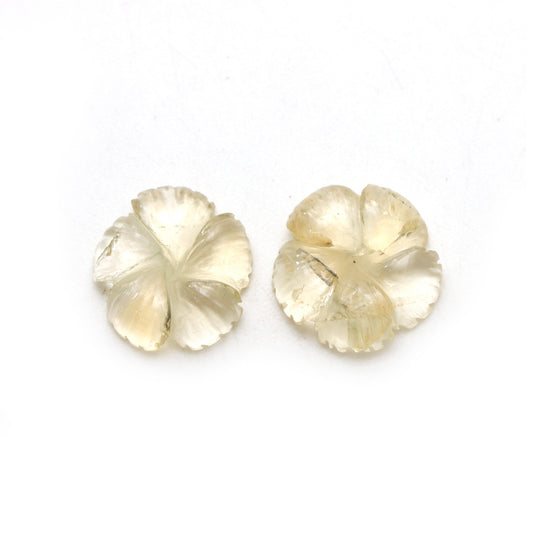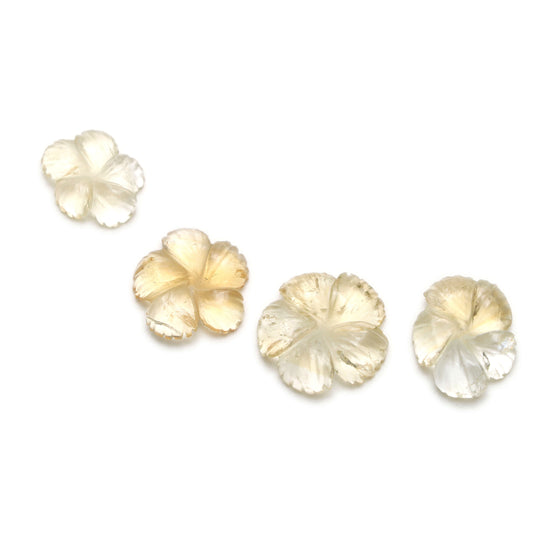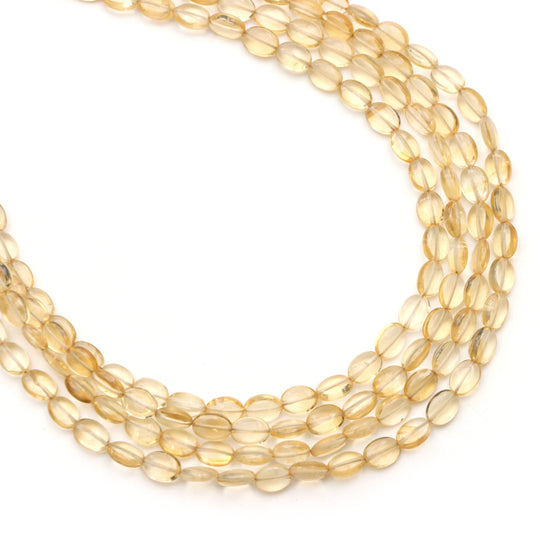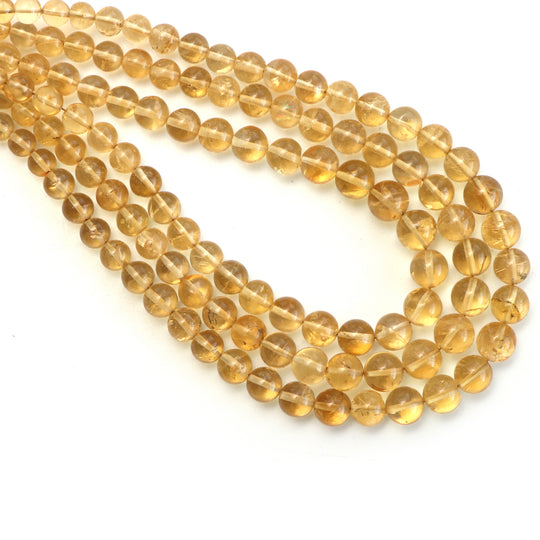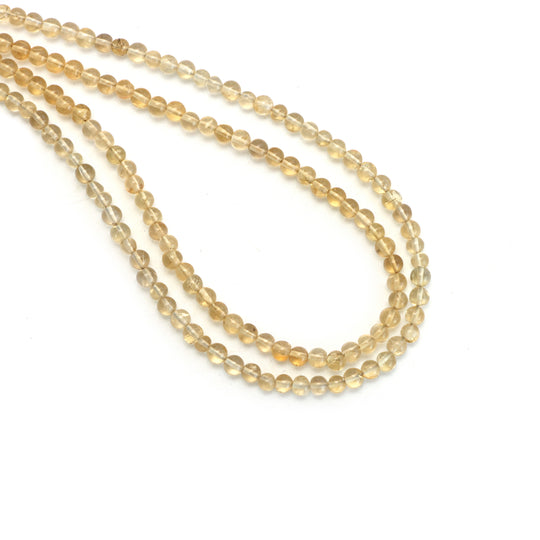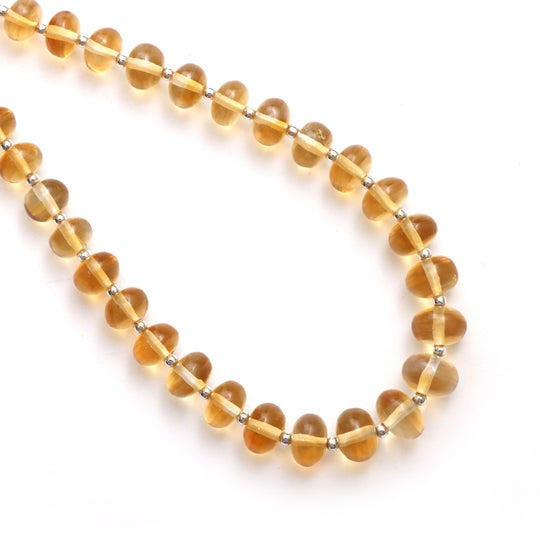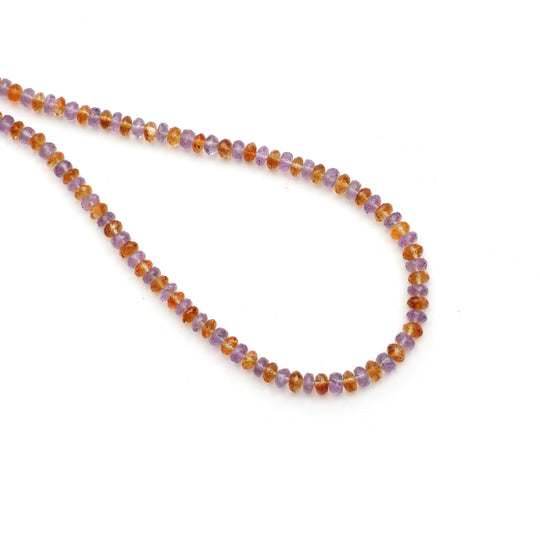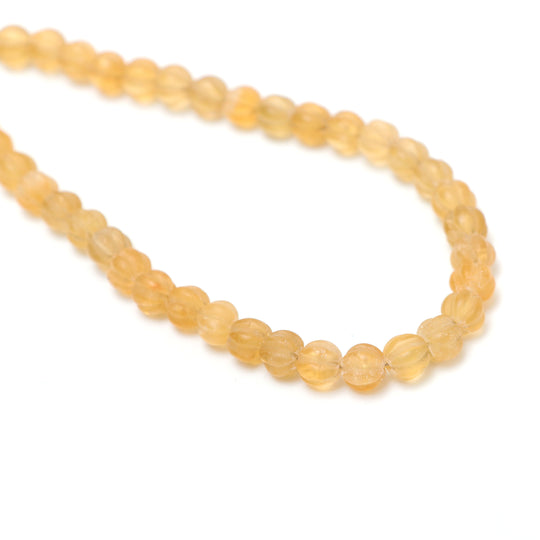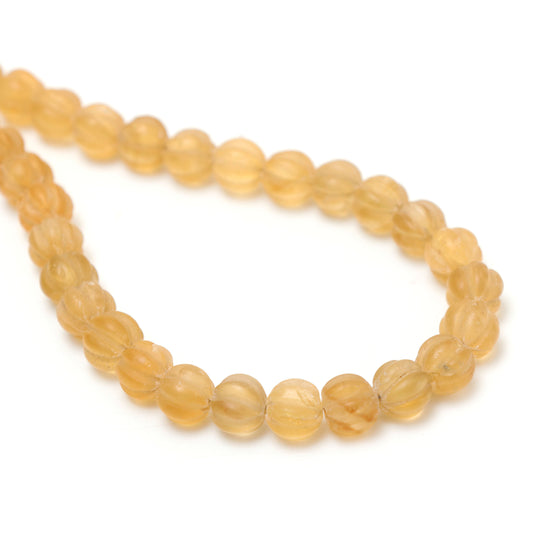What is a Citrine Gemstone?
A citrine is a member of the quartz family and is often found in yellow, orange, or brown tones. It is sometimes called "the queen of gems." The name citrine comes from the Latin word for "citron", which is the color of most citrine crystals. The mineral was first identified in 1875 in India and was named for the Italian explorer and geologist Francesco Citronelli.
Natural citrine is usually found in Brazil, Sri Lanka, Madagascar, Thailand, and Zimbabwe. Real citrine crystal has been used for centuries as an ornamental gemstone because of its beautiful color and luminescent properties. Citrine natural is also associated with hope, faith, love and healing.
Gemstone citrine has strong energy and helps to promote self-confidence and optimism. It also provides the strength of will and clarity of thought.
Because it encourages balance in all areas of life, genuine citrine can help to increase productivity and creativity.
Citrine
National Facets
¥9,800
¥10,600
National Facets
¥117,600
¥130,600
National Facets
¥72,600
¥80,700
National Facets
¥111,500
¥123,900
National Facets
¥95,700
¥106,400
National Facets
¥126,800
¥140,800
National Facets
¥29,500
¥31,900
National Facets
¥22,600
¥24,400
National Facets
¥12,200
¥13,100
National Facets
¥71,600
¥77,300
National Facets
¥23,200
¥25,000
National Facets
¥32,900
¥35,600
- ←
- →
Where to Buy Real Citrine Crystal?
Citrine, a stone of sunlight, embodies summer. It can be any shade of amber, ranging from pale yellow to vibrant colours amber, and derives its colour from the presence of iron in the quartz. So, What is the best place to buy citrine crystals?
National Facets is one of the only retailers in the U.S. that sells real citrine wholesale, and we're proud to offer them at an affordable price. We have a wide selection of high-quality Citrine stones from all over the United States of America, and we're always updating our inventory to ensure that you have the best selection available.
Natural Facets; one of the most reputable citrine gemstone wholesalers in USA. Our Citrine gemstones come from authentic mines in Mexico and Peru, so you can be sure they're responsibly sourced and of the highest quality. Whether you're looking to add a shimmer of color to your jewelry collection or simply seeking out natural healing properties, citrine crystals are a great option to consider.
Who Can Wear Citrine Gemstone?
The citrine gemstone is considered a healing stone because of its ability to alleviate depression, fear, and phobias in its wearer. For those who are trying to overcome grief or trauma, it has proven to be particularly beneficial.
Most people who wear citrine gems believe that it helps to increase energy levels and creativity. It has also been said to help with stress relief and calming emotions. Citrine is not recommended for people who are allergic to turquoise or other aluminium-containing stones. Citrine is said to help others and bring love into one’s life. They are often used in ceremonies or rituals because of their ability to enhance psychic powers. Citrine can also be used as a money stone and helps people achieve financial success.
Where Does Citrine Come From?
The French word "citron," which means lemon, is one of the names' most plausible sources.
Thousands of years ago, citrine was used as ornamental jewellery. In actuality, the stone was utilised as an ornamental jewel in Ancient Greece between 300 and 150 B.C. In addition, Scottish men ornamented their swords and dagger handles with citrine in the 17th century.
According to researchers, there is also evidence of entire sword handles made of citrine. More recently, citrine relished great vogue between World Wars I and II, during the Art Deco period. Movie stars of the time favoured enormous, ornate citrine jewellery.
In modern jewellery, citrine is mostly utilised for its colour and clarity and is carved into a range of patterns. The Ural Mountains of Russia, France, and Madagascar are among the other locations where natural citrine can be discovered. Brazil supplies the majority of the citrine used in modern jewellery.
What is Citrine Stone Good For?
Citrine is a fantastic stone for reviving and re-energizing the spirit.
1. Citrine is a powerful antioxidant. Free radicals damage the body, so this antioxidant helps protect it.
2. Citrine is known to promote mental clarity and focus. It can help improve memory and cognitive function.
3. It can also help improve energy levels and circulation throughout the body.
4. Finally, citrine is believed to be helpful in healing wounds and reducing inflammation.
5. It serves as a monument to the individual's will, appearance, and creative intellect. It is a stone for fresh starts, new endeavours, and happiness in daily life.
6. In addition to stimulating absorption, it manages digestion, and it is quite effective in eradicating kidney and bladder infections.
As a result, hot flashes are calmed, hormonal imbalance is decreased, and fatigue is lessened. Furthermore, it can help with morning sickness, dizziness, and heaving.
Frequently Asked Questions
Q: Why is Citrine So Powerful?
A: There are many reasons for the power of citrine, some of which are given below.
1. Citrine has a strong spiritual connection.
2. Citrine is said to support creativity and problem-solving abilities.
3. Citrine is considered a powerful healer of the emotions and soul.
Q: How Can I Tell If Citrine is Real?
A: Keep these things in mind.
First, make sure the stone is of good quality.
Second, if the stone has been treated with heat or chemicals, it may not be real.
Finally, many citrines are cut into smaller pieces to increase their value and appearance, so be sure to look closely at the piece you are purchasing.
Q: Is Citrine Man Made?
A: Citrine that we sell is all natural and comes primarily from the Congo and Zambia.
Q: What is the Rarest Color of Citrine?
A: Basically pale yellow color is rarer than any other gemstone. It is said that there are only a few gems of this color in the world.
Q: Which Gemstones Cannot Be Worn Together?
A: Here are some gemstone combinations you should avoid wearing if you want to keep your jewelry looking its best.
1. Turquoise and Diamonds: Diamonds are a stone of wealth and status, while turquoise is associated with spirituality and magic. Wearing these two stones together will only emphasize these differences.
2. Emerald and Diamonds: Emerald is a delicate stone that goes well with diamonds because they have different textures. However, this combination can quickly become too flashy for some people’s taste.
3. Coral and Diamonds: Coral is a typically warm stone, while diamonds are cold in nature.

